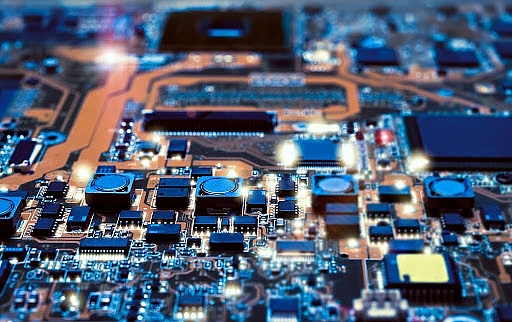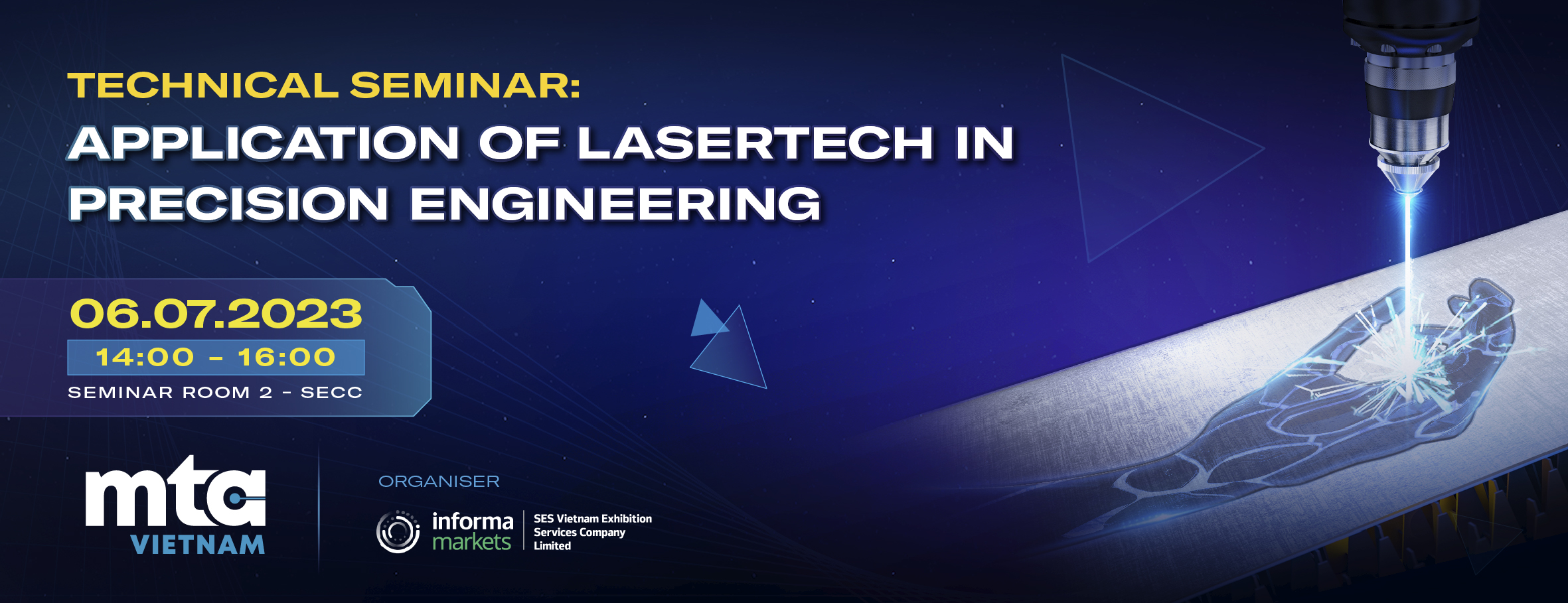The refuelling time of a hydrogen vehicle is only 5 to 10 minutes, which is equivalent to a gasoline vehicle. While Tesla’s fast charger (120 kW) provides a battery with 80% power for half an hour, the BMW i3 or Nissan Leaf can take about 4 or 8 hours to fully charge, respectively.
Last February, hydrogen buses were first operated in Madrid, Spain. In the words of the president of Madrid, Isabel Díaz Ayuso, “Today, a transport revolution begins.” That shows support for and efforts to promote research and development of green hydrogen vehicles in Spain.
Not only in the country of bulls, but other European countries are also intensifying their research into green hydrogen production. Even in Asia, Korea has put hydrogen buses into operation. Japan has developed a “hydrogen society” strategy targeting zero emissions, there are now about 4,000 hydrogen-powered vehicles in the country of the rising sun.
Clean energy of the future
The Covid-19 pandemic caused a sharp increase in demand for personal cars in Europe. Recorded in 2021, the number of electric vehicles increased significantly, thanks to supportive policies from the government. According to data from Jato Dynamics, the number of electric cars sold in Europe in November 2021 is 26%, equivalent to 1 electric car for every 4 cars sold. Thus, electric cars became the second best-selling car on the continent, while diesel cars fell 18%.

However, electric cars are not really considered to be an optimal solution for the environment because the electricity used to charge batteries is still generated from thermal power plants, natural gas so it still produces large amounts of carbonic acid. Moreover, recycling electric car batteries at the end of their shelf life is also very difficult, the toxic waste in electric car batteries when soaking in soil and water harms human health.
Green hydrogen vehicles are considered the most optimal solution in the automotive industry. Hydrogen gas generates an explosive combustion reaction in the combustion chamber of the internal combustion engine to generate heat and heat, but only generates exhaust gas that is steam (2 H2+O2→ 2 H2O).
What is more, the green hydrogen production process does not produce exhaust gas. It’s using electricity from solar or wind to separate hydrogen from water. However, the generation of green hydrogen from renewable energy is high-cost, and it is not possible to produce hydrogen continuously from the sun and wind.
Currently, the majority of H2 is generated by coal and methane gas (CH4), water electrolysis is also used, but the cost is still high. The hydrogen produced by the above is called grey hydrogen or blue hydrogen… Such production methods still produce carbon monoxide and CO2, which causes environmental pollution. However, many countries still promote research into the process of producing hydrogen that does not generate emissions in the hope that green hydrogen is the key to slowing climate change.
Fast battery charge time, high capacity
Not only does it solve the environmental problem, but hydrogen-powered vehicles also have a quick refuelling time. The hydrogen injection time is only 5 to 10 minutes, which is equivalent to a gas vehicle. While Tesla’s fast charger (120 kW) provides a battery with 80% power for half an hour, the BMW i3 or Nissan Leaf can take about 4 or 8 hours to fully charge, respectively. Therefore, for long-distance users, electric cars are not ideal yet.
On the other hand, in terms of power, Hydrogen is rated to work twice as well as internal combustion engines. In particular, the working efficiency of hydrogen prevails when 6 times the gasoline. Meanwhile, the battery is not appreciated for its output power. This index depends on the battery system and the speed in km/h. Furthermore, in order not to reduce the life of the battery, the user needs to have regulation by keeping the speed stable, should not suddenly accelerate when operating the vehicle using the battery.
There are many obstacles.
Although hydrogen-powered vehicles have a large capacity and fast battery charge times, the price of these vehicles is not cheap. Hydrogen vehicles cost three times as much as oil vehicles, twice as much as electric vehicles. In addition, the infrastructure for hydrogen vehicles is not synchronous. In the United States, there are 20,000 electric vehicle battery charging stations, while only 45 hydrogen charging stations are located in California.
Not only are hydrogen splitting difficult, manufacturers also face obstacles in storing and transporting H2 gas. The price paid for the construction of the gas transmission system is very large, if there is any negligence, H2 leaks out can cause an explosion.
Even so, many countries around the world are actively building hydrogen transmission systems because they believe this is the energy of the future. In 2017, Japan developed a hydrogen social strategy, and a company also introduced hydrogen-powered powertrains. According to a Spanish newspaper, European countries are building 39,700 km of green hydrogen pipeline connecting 21 countries. If the project to develop a hydrogen gas system is successful in Europe, Europe can reduce Russia’s gas dependence, the automobile industry also turns to a new page. When successful manufacturers find a plan to produce green hydrogen, commercialize hydrogen vehicles to reduce product prices, what will the future of battery electric vehicles look like? Can electric car manufacturers like Tesla and Vinfast invent new hybrids or move back to less developed markets?
Source: Doanh nghiep va Tiep thi
Must Read

2023 PARTICIPANT LIST


[Seminar] INDUSTRIAL METROLOGY


MTA Vietnam 2022 Webinar


ADB is optimistic about Vietnam’s economy


MTA Vietnam 2021 x Bystronic Webinar


CONFERENCE SERIES


ONLINE BUSINESS MATCHING PROGRAMMES
You may be interested in




Optimize operations in the context of epidemics and market volatility


Expectations for the development of supporting industries in Ho Chi Minh City. Ho Chi Minh


Complete Hybrid Cloud Connectivity Solutions for the Enterprise


Russian steel exports head for Asia as sanctions rise


Vietnam continues to be an attractive destination for US investors


Ukraine War Plunges Auto Makers Into New Supply-Chain Crisis


























